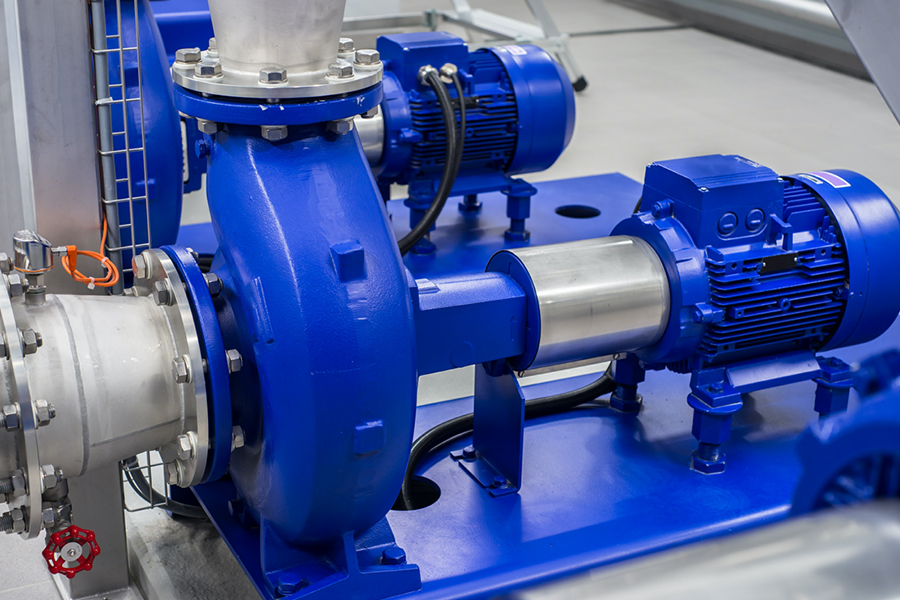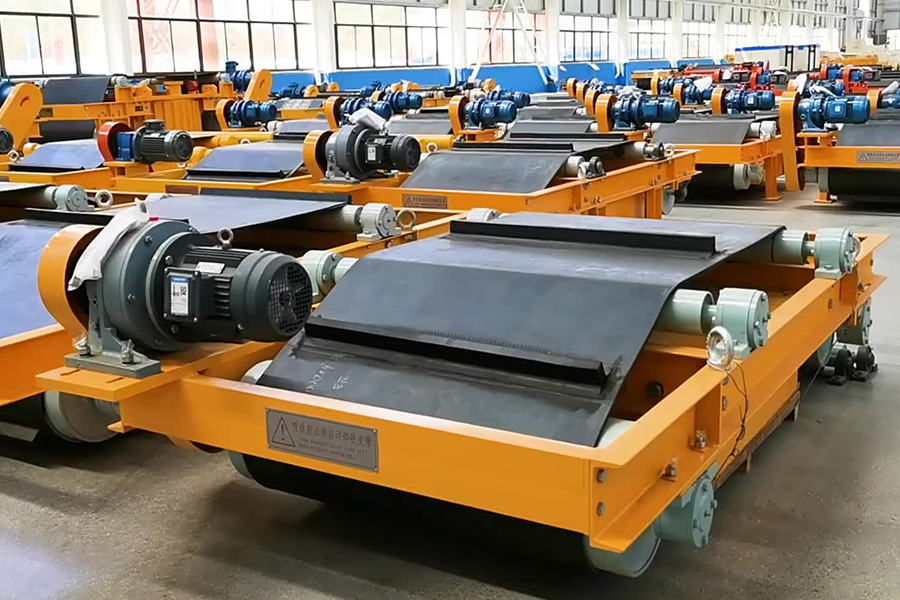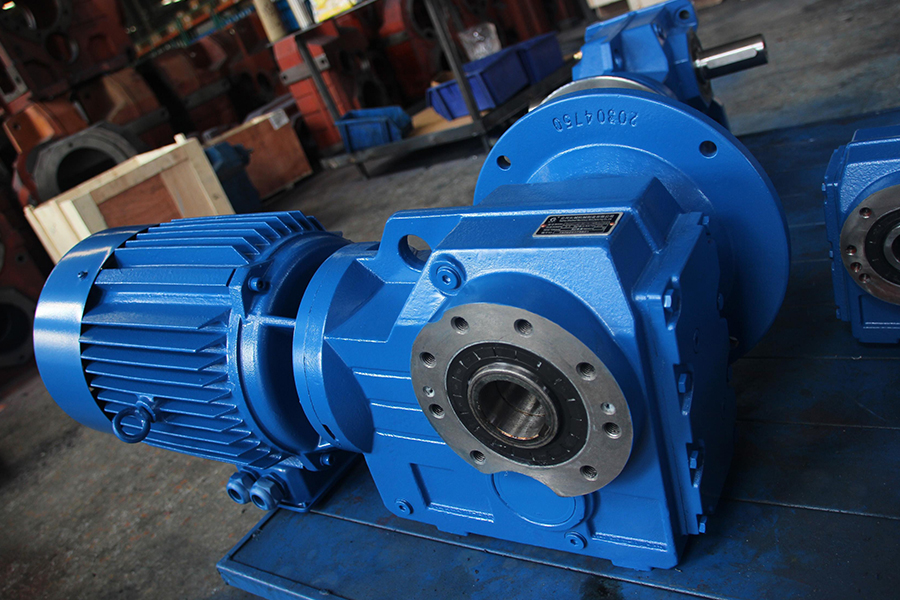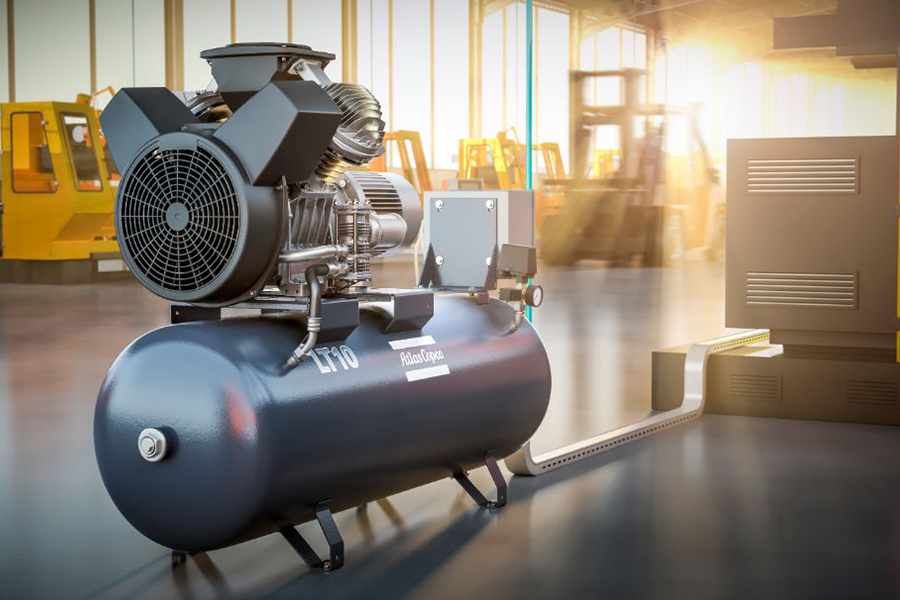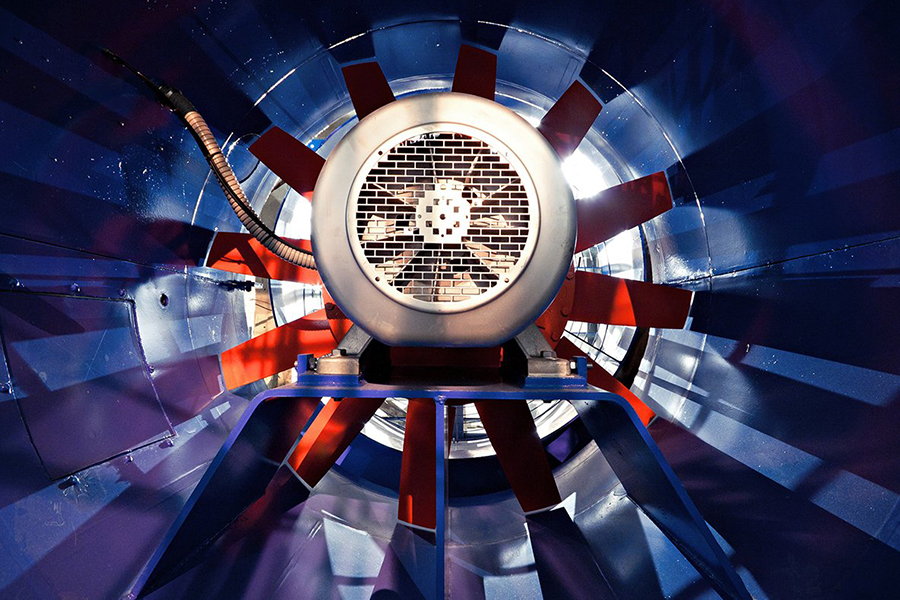In the realm of industrial machinery and electric appliances, multi-speed AC motors have emerged as a vital component, driving efficiency and performance across various applications. These motors, renowned for their adaptability and energy-saving capabilities, offer a spectrum of speeds tailored to specific operational requirements, thereby optimizing energy consumption while maintaining ideal functionality.
The significance of energy efficient motors lies in their ability to operate at different speeds, providing flexibility and control in diverse scenarios. Unlike conventional fixed-speed motors, which often run at a single predetermined speed, multi-speed motors empower users to adjust speed settings based on the task at hand. This versatility not only enhances performance but also contributes significantly to energy conservation efforts.
One of the key advantages of multi-speed AC motors is their efficiency in accommodating varying loads. By allowing for speed modulation, these motors can match their output to the demands of the application, preventing unnecessary energy wastage during periods of low activity. Whether powering industrial machinery, HVAC systems, or household appliances, the ability to scale motor speed according to workload represents a paradigm shift in energy-efficient design.
In industrial settings, where equipment operates under fluctuating conditions, multi-speed AC motors offer unparalleled reliability and cost-effectiveness. By dynamically adjusting speed to match load requirements, these motors have small wear and tear, prolonging equipment lifespan and reducing maintenance costs. Moreover, the precise control afforded by multi-speed motors enhances operational stability, ensuring consistent performance across varying operating conditions.
Energy efficiency remains a paramount concern across industries, driving the widespread adoption of technologies that small power consumption without compromising functionality. Multi-speed AC motors exemplify this ethos, offering an eco-friendly solution to the perennial challenge of energy wastage. By optimizing motor speed to align with the workload, these motors have small energy losses associated with friction, heat dissipation, and mechanical inefficiencies, thereby reducing overall power consumption and environmental impact.
The advent of multi-speed AC motors has revolutionized the design and operation of numerous appliances and systems, from industrial pumps and fans to household refrigerators and air conditioners. By incorporating variable-speed functionality, manufacturers can enhance product performance while meeting stringent energy efficiency standards. This, in turn, benefits consumers by lowering utility bills and reducing carbon footprint, aligning with global efforts to combat climate change.
In the pursuit of sustainability, governments, and regulatory bodies worldwide have increasingly mandated the use of energy-efficient technologies across industries. Multi-speed AC motors have emerged as a cornerstone of these initiatives, offering a pragmatic solution to the challenge of reducing energy consumption without sacrificing productivity. By incentivizing the adoption of multi-speed motor technology, policymakers aim to accelerate the transition toward a more sustainable and resilient energy landscape.
Looking ahead, the evolution of multi-speed AC motors is poised to continue, driven by ongoing advancements in motor design, control algorithms, and materials science. As researchers and engineers push the boundaries of efficiency and performance, the potential applications of multi-speed motors will expand, encompassing new sectors and driving further innovation in energy-efficient technology.
In conclusion, multi-speed AC motors represent a transformative force in the realm of energy-efficient design, offering unparalleled flexibility, reliability, and performance across diverse applications. By enabling precise control over motor speed and load, these motors empower users to optimize energy usage while maximizing productivity, thereby ushering in a new era of sustainability and efficiency in industrial and consumer electronics.

 English
English 中文简体
中文简体 عربى
عربى



